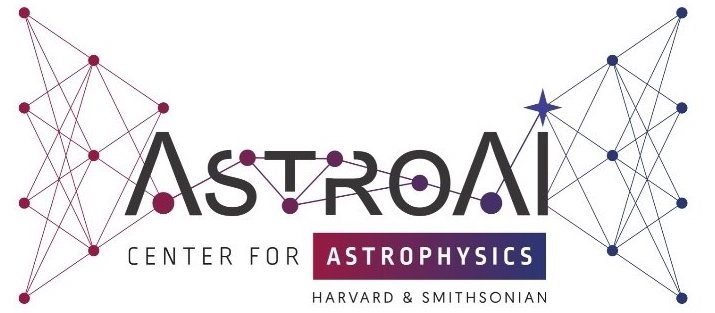AstroAI Workshop 2025
Andrea Persici
Blended Source Detection in Deep Fields: A Max-Tree Approach Informed by Survey and Simulated Data
Presenter: Andrea Persici
Title: Blended Source Detection in Deep Fields: A Max-Tree Approach Informed by Survey and Simulated Data
Date/Time: Monday, July 7th, 3:30 - 5:00 PM
Abstract: Modern wide-field cosmological surveys such as that performed with Euclid, the Dark Energy Survey (DES; Dark Energy Survey Collaboration et al. 2016), the Hyper Suprime-Cam Subaru Strategic Program (HSC-SSP; Aihara et al. 2018), and the upcoming Legacy Survey of Space and Time at the Vera C. Rubin Observatory (LSST; Ivezić et al. 2019) are designed to image large areas of the sky with exceptional depth and resolution. These efforts are dramatically increasing the number of observed galaxies and stars, but also introduce new data analysis challenges. In particular, the rise in source density amplifies the occurrence of overlapping sources, a phenomenon known as blending. Blending complicates the separation of individual astronomical objects, making it difficult to accurately identify and separate sources in crowded regions.
Over the years, a range of tools has been developed to tackle these challenges, and the Max-Tree Object (MTO) approach represents one such method. Previous studies, such as those by Teeninga et al. (2016) and Faezi M. et al. (2024), have shown that MTO is able to achieve strong performance in detecting and segmenting astronomical sources, proving to be better at extracting faint part of objects compared to the fixed threshold used by SExtractor (Bertin E. et al, 1996). MTO uses morphological component trees to segment and deblend sources within a single-band image, enabling the detection of both bright and faint structures without strong parametric assumptions. However, the analysis of recent deep surveys, such as LIGHTS (Zaritsky et al. 2024), has highlighted the limitations of MTO in scenarios involving severe source blending. To assess and address these challenges, we test MTO using the Blending Toolkit (BTK; Mendoza et al. 2025), a Python-based simulation framework designed to generate realistic blended galaxy images. These simulations allow us to evaluate MTO’s performance in complex, blended environments and identify key areas for methodological refinement. Our ongoing work focuses on improving MTO’s robustness in detecting faint background sources while maintaining its excellent performance on more isolated sources. We will present findings based on both observational survey data and simulated datasets.
